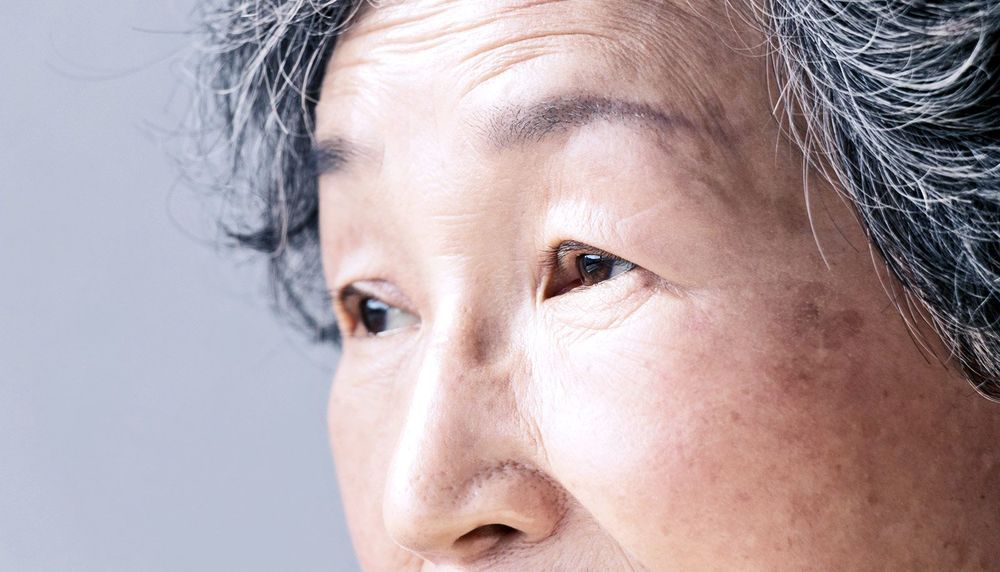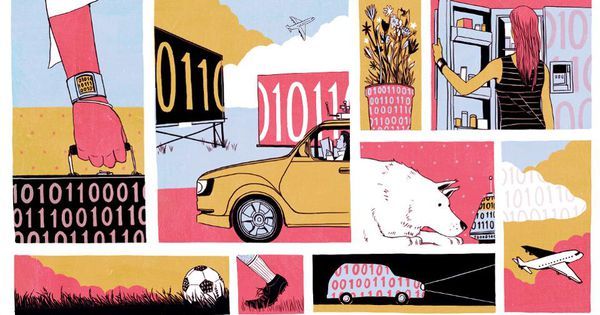Sep 17, 2019
Russian billionaire plans to create floating ‘Noak’s Ark in SPACE’ with 15million Earthlings on board
Posted by Genevieve Klien in category: space
A RUSSIAN billionaire is bankrolling a bonkers project to build the world’s first country based entirely in space.
The nation of Asgardia plans to send millions of Earthlings up to live on giant orbiting space arks to escape the chaos as humanity “wipes itself out” in the coming decades.
The Sci-Fi community has its own flag and national anthem, and nearly 300,000 people have signed up to become citizens online.



















